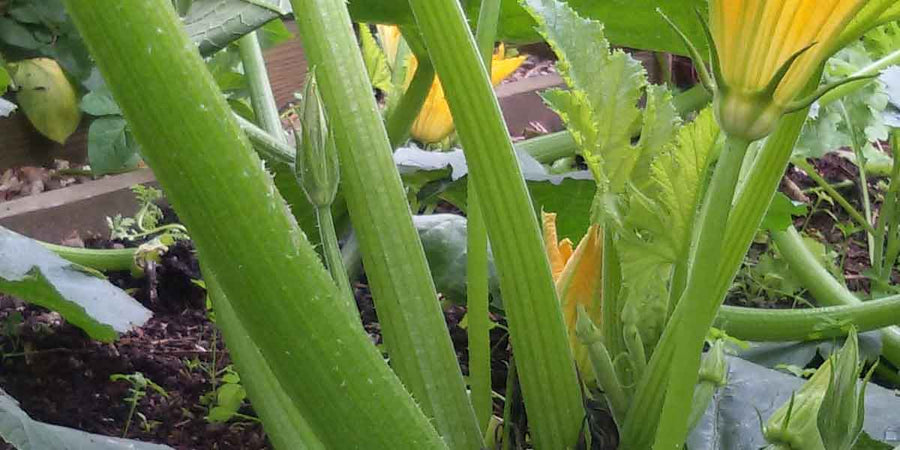With a three-group system I decide on three separate growing areas and then using these slightly different soil preparation methods:
Roots area – I add a general-purpose fertilizer about two weeks before planting or seed sowing. My favourite is chicken manure pellets but if you want to avoid animal materials you could use a compost containing comfrey or nettle leaves for added nutrients.
Others area – If I’m planning ahead, I’ll give the area a mulch of manure or compost over the winter or at least a couple of months before seed sowing. Then I add fertiliser two weeks before seed sowing.
Brassica area – I treat this the same as the Others area, but if I’m working in heavy clay soil, I’ll also add a sprinkling of granular garden lime a couple of months before seed sowing to break up the soil particles and allow the roots to access more nutrients. Brassicas also like firm ground to root into, so I tread over the soil to get a level, consolidated surface. You will also need to cover your crops in this bed with a fine mesh to stop butterflies laying their eggs on the leaves and prevent pigeons from eating them.
Once my soil is prepared, I allocate one group of crops to each bed. The following years I change the crop group in each bed in this order.




